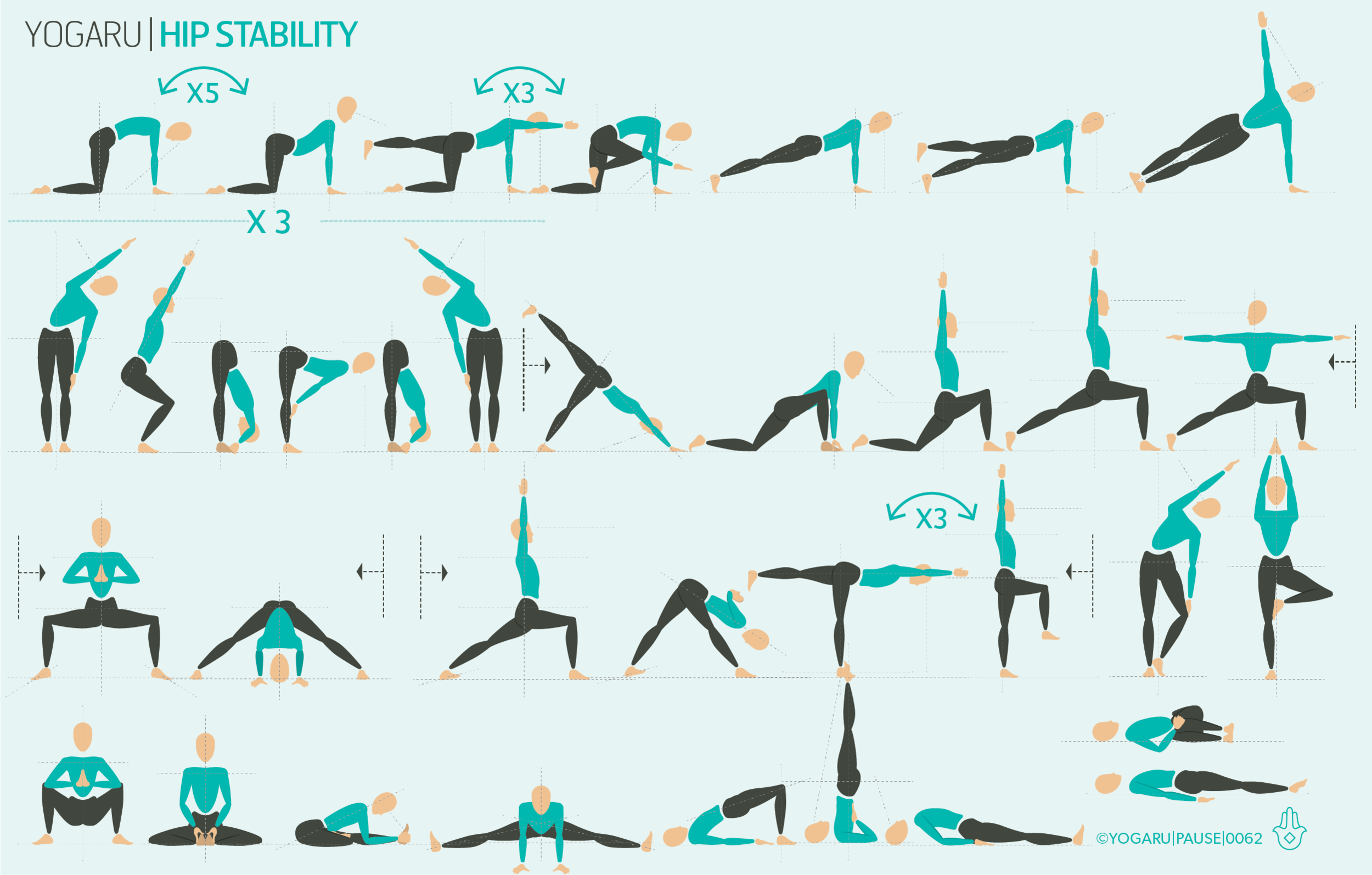SENSORIAL SOLES
Inspired by my recent purchase of Vivobarefoot runners I’ve become curious about the role of our feet in our practice, and the impact they have on how our bones and muscles find their true alignment. As yogis we have the unique opportunity to refind the lost connection with the ground – without any barriers to dull the sensations and over support the musculature of the foot. Shoes protect our feet from doing the very job they were cleverly designed to do – feed proprioceptive signals to the brain and allow the body to move accordingly. As I acclimatise to walking in my barefoot shoes I’ve noticed my stride is different, my hips swing more and I am completely in the present moment through connecting with present felt sensations in the act of walking.
PRESS & REACH
The practice of yoga asana is designed to do just that – journey through the sensorial body as a method to find the gateway to quieten the mind, and in its origins, ultimately prepare for seated meditation. You start the journey through your foundation – the soles of your feet – and you complete the action through the part of the body which is reaching. This ‘press and reach’ is the essence of this sequence, and a principle you can apply to any home practice or class you attend. We root down to find a strong foundation, and we grow the pose from this stability. The action of pressing gives an isometric strength to the active muscles, while reaching stretches the active muscles. Yoga is not just about stretching – it’s about balanced amounts of stretching and strengthening for optimum balance.
EXPLORING PRESS & REACH IN YOUR PRACTICE
In yoga we find our grounding by pressing through the points in contact with the ground. Spreading equal weight through all the points will support the pose with unity and spark a chain reaction up through the body. The parts of the body that are stacked over this stable foundation will naturally flow into freer optimal alignment. Each pose has elements of press and reach. Establish your ‘press’ in the points of contact with the ground first, then follow the lines of energy through the whole body and look for the natural ‘reach’ in the upper body of each pose.
ALIGNMENT CUES
‘Press’ is sometimes easier to find than ‘reach’. The alignment cues below will help you to work out which parts of the body are strengthening/pressing and which are stretching/reaching. When you find your pose, trace the ‘press & reach’ through your body – get curious about where you feel the two opposite actions meeting and it moves from ‘press’ to ‘reach’.
Print out the below tips, along with the sequence, and find your ‘press & reach’:
Starting with Marjaryasana/Cat, Bitilasana/Cow spread your fingers and find your hasta bandha. Spread your weight equally between the hands, knees and tops of the feet. From this stable foundation reach the centre of your spine up high in Marjaryasana/Cat and your sternum forward and sit bones up in Bitilasana/Cow
In Urdhva Hastasana/Upward Salute find the three points of contact with the ground – ball of the big toe, ball of the little toe and the centre of the heel root down into them equally and feel a lift in the arches and inner ankles. Reach through the tip of the crown and the fingertips. Let your shoulder blades spin out to the sides and soften your shoulders.
In Adho Mukha Svanasana/Downward Facing Dog spread your weight equally between your hands and feet. Spread your fingers and press into all five knuckles of your hands, and lightly into the pads of your fingers. Press into your feet and reach your sit bones up as high as you can. Feel the support of the press enabling you to reach up. I find starting your first few rounds with bent knees help you to find the forward tilt of the pelvis and stop your lower back from rounding.
Our peak pose is Parsvakonasana/Side Angle. It gives the perfect example of ‘press & reach’. With the right leg forward, establish the foundation in the left foot in particular. Press into the three point of the left foot and reach through the fingertips of the left arm. Trace the journey from strengthening to stretching through the whole left side of the body.
To save the images for personal use click and hold down the image until the ‘save image’ option appears; on Mac hold down ‘control’ and click the image to get the option box; on PC right click on the image to get the option box. Scroll down in the ‘option box’ and click ‘save image’.
Ruth Delahunty Yogaru





